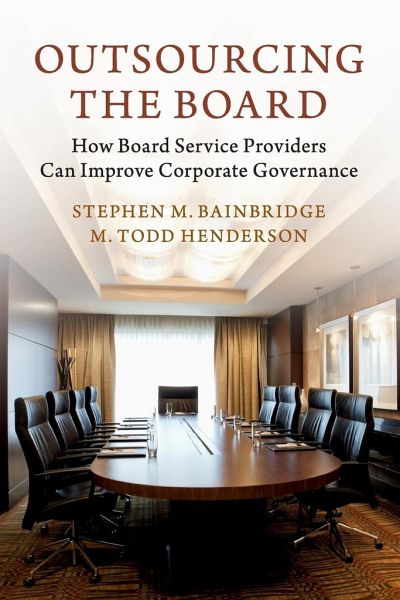
Outsourcing the Board
Versandkostenfrei!
Versandfertig in 1-2 Wochen
37,99 €
inkl. MwSt.
Weitere Ausgaben:

PAYBACK Punkte
19 °P sammeln!
This book - a revolutionary approach to corporate boards - will appeal to anyone interested in the law, theory, and practice of governance. It is written not just for academics and policymakers, but also for the general public. The authors propose that businesses, rather than individuals, be permitted to serve as corporate boards.













